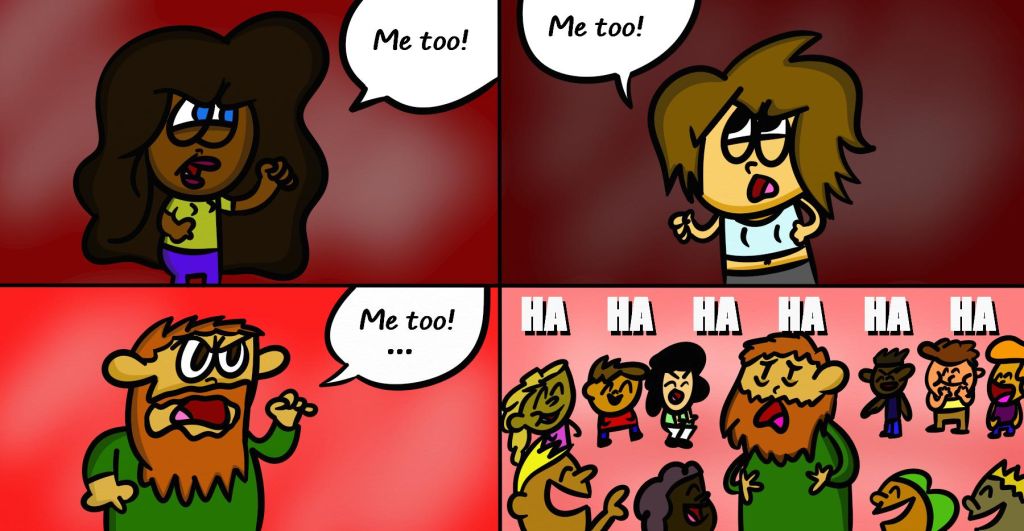
Women have been coming forward and speaking out about their experiences with dating violence, domestic violence and sexual assault, harassment and abuse, in large numbers especially since the Harvey Weinstein revolution and the #MeToo movement.
Forty-three percent of college women who date reported experiencing dating violence, according to Break the Cycle.
One in three women between the ages of 18-34 has been sexually harassed at work, according to a survey of 2,235 full-time and part-time female employees.
More than one in 10 students have experienced rape or sexual assault through physical force, violence or incapacitation, according to the Rape, Abuse and Incest National Network.
Domestic violence, dating violence and sexual assault are the silent epidemics harming women attending colleges and universities across our country, but female students are not the only ones affected by this issue.
Females aren’t even the only people affected by these issues.
According to the National Domestic Violence Hotline, nearly three in 10 women and one in 10 men in the United States have experienced rape, physical violence or stalking by a partner.
Men are the victims of dating violence as well and they need to be taken seriously.
Male advocates combating dating violence, domestic violence and sexual assault preach that men need to be a part of the conversation because they are a part of the problem. In symposiums and articles, we are often told that men must be involved in these issues because they are a cause and they must learn how to be better men.
Men should not just care about these issues because they love their mothers, sisters, friends and relatives— though that is another reason to care. Men should be involved because they are personally affected by these issues, too.
One in 10 men have experienced physical or sexual assault by partner.
One in four men have experienced any type of dating or domestic violence, according to the National Intimate Partner and Sexual Violence Survey.
That amounts to millions of men who have been battered by a partner— millions of men to whom we are not listening.
When men are emotionally abused, they are told to man-up. When they are sexually taken advantage of, people cannot believe that the man did not want; doubters wonder why the man was not able to throw the women off.
Taking a stance against dating violence, domestic violence and sexual assault means more than standing with the women.
It means believing, supporting and standing with men.
Dating violence is a serious issue, so why are we ignoring the gender that comprises 40 percent of all instances of violence by a partner, as reported in the Centers for Disease Control and Department of Justice’s 2010 national survey?


